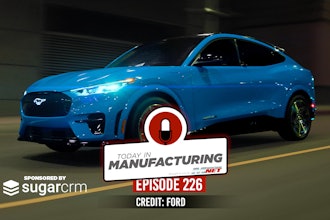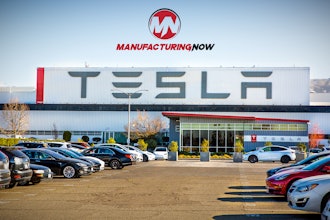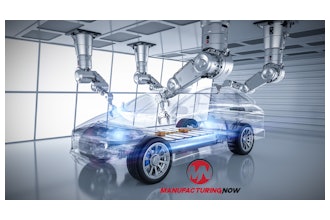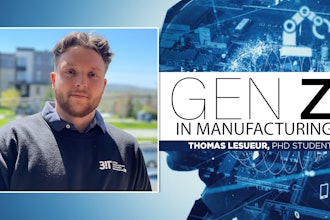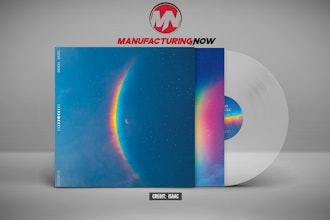Global engineering firm BHP yesterday signed an agreement with Hatch, a professional services firm, to design an electric smelting furnace (ESF) pilot plant.
The pilot will test and optimize iron production using a new type of furnace currently under development.
The ESF makes steel from iron ore using renewable electricity and hydrogen, replacing coking coal when combined with a direct reduced iron (DRI) step.
The facility hopes to use iron ore from BHP's Australian mines to demonstrate a way to cut CO2 intensity in steel production.
If successful, the project's findings could be shared with steel producers and other tech providers to accelerate scale-up of ESF plant designs.
According to some estimates, this tech could reduce the CO2 emission intensity typically seen in conventional blast furnaces by more than 80%.
The ESF also allows for greater flexibility in input raw materials. Other methods that use electric arc furnaces only work with scrap steel and high-grade DRI.
The small-scale plant will be built in Australia. BHP and Hatch are assessing several locations based on infrastructure, skills and local partnerships.










